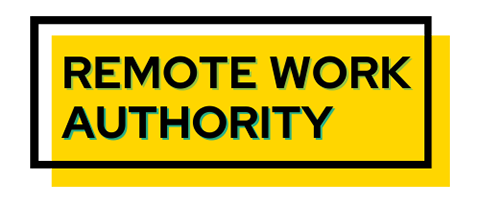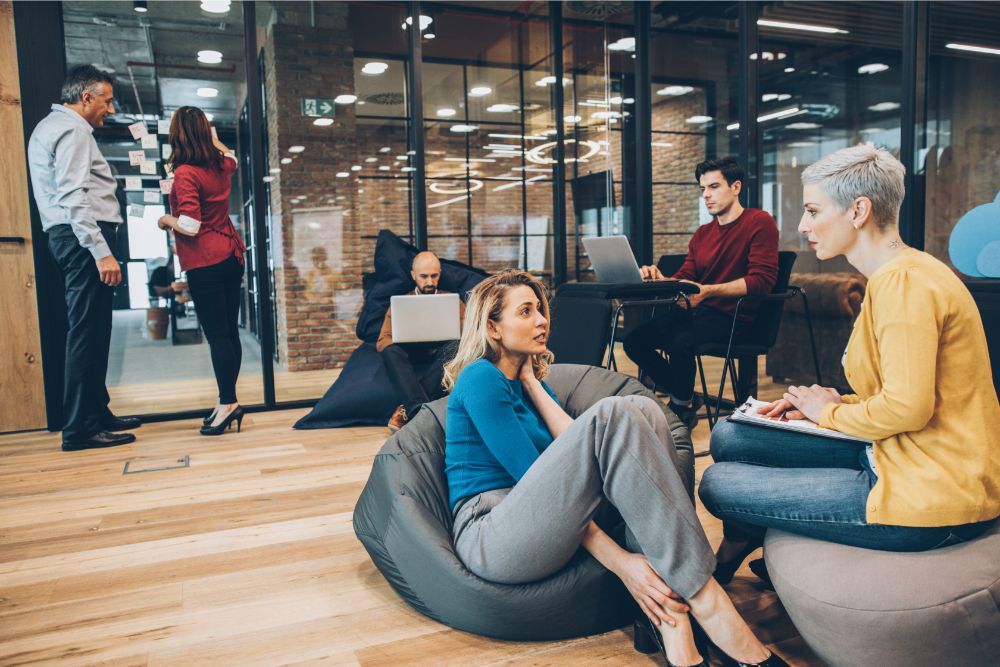Bedroom, kitchen, office. For many remote workers, this is their daily commute. While working from home has many advantages, social isolation, lack of inspiration, and domestic distractions are a few of its downfalls. Third spaces counteract these disadvantages.
With blurred lines between work and home, finding an enjoyable space to work without domestic distractions is increasingly difficult. A place that doesn’t expect anything of you, where you can concentrate, take a quick social break, and feel a sense of community, is what many remote workers are missing.
Third spaces are popping up around the globe to fill the void. They are “third workplaces” that enhance creativity, productivity, and happiness.
What Are Third Spaces?
Some dedicated third spaces market themselves as such, but in reality, you can choose almost any location to be a third space. A third space is a place outside of your home or office. People use them in different ways, including:
- Respite from technology and screens
- Quick caffeine buzz
- Social hour
- Team or client meetings
- Deep creative concentration
These spaces are especially helpful for remote workers who feel isolated, burnt out, or have trouble getting their day started without a routine that gets them out of the house.

Third Space vs. Third Place
If you spend a few minutes on Google, you’ll see these phrases intertwined. Regarding remote work, a third space is an environment that is not your home, home office, or work office, where you can sit down, concentrate, and perhaps mingle or eat/drink something.
Third Place
Traditionally, third places, made famous by Ray Oldenburg in The Great Good Place, are places where you can relax and socialize; they are essential to our social and mental health. They are places where you have no pressing domestic or work duties. You can socialize, relax, and enjoy time with no pressure.
Originally, these were not places you would work in, but with so many people working remotely these days, you’ll see a lot of laptops and concentration happening in these places as well. Many remote workers use third places as a third workspace. However, some places are left incorruptible, like the gym, pool, club, and sauna.
Third Space
Third spaces, as explained by Homi K. Bhabha in The Location of Culture, are social places that focus more on identity and culture. He says that identities can be negotiated in this space through performance.
A good way to think of it, in terms of remote work, is that you can be the concentrated intellectual [insert job description], or you can be the relaxed silly version of yourself in this place. Present yourself however you wish.
How Do Dedicated Third Spaces Differ From Coworking Spaces Or Typical Coffee Shops?
| Third Spaces | Coworking Spaces | Coffee Shops |
| No pressure to purchase food or drinks | No pressure to purchase food or drinks | Must buy food or drink to use WiFi and table |
| Pay by the hour, week, or month | Pay by the hour, week, or month | Pay for what you consume |
| You don’t typically reserve a specific desk or space | You may need to reserve a particular desk or private room in advance | You may need to buy/consume more to continue using the space |
| Relaxed, creative environment | More serious environment | Can be noisy and distracting |
| Great place to meet like-minded people | Not easy to meet people | You may be approached by people when you don’t want to be |
Popular Third Spaces Worldwide
The trend of establishments opening specifically as third spaces is still catching on, but you can find multiple third spaces in California. Many of these places partner with local businesses, showcasing their artwork, jewelry, or coffee, boosting the local economy. Dedicated third spaces are versatile—they can be used as a social club, a coffee shop, or a coworking space.
A few of the most popular third spaces include:
What to Look For In a Third Space
We all work differently, but in general, most remote workers look for the following:
- Secure internet
- Good lighting
- Comfortable seating
- Ample workspace
- A sense of community
- Food and drink selection
- Animal friendly (whether you’re for or against this)
- Printing and copying services
- WiFi speed
- Privacy


